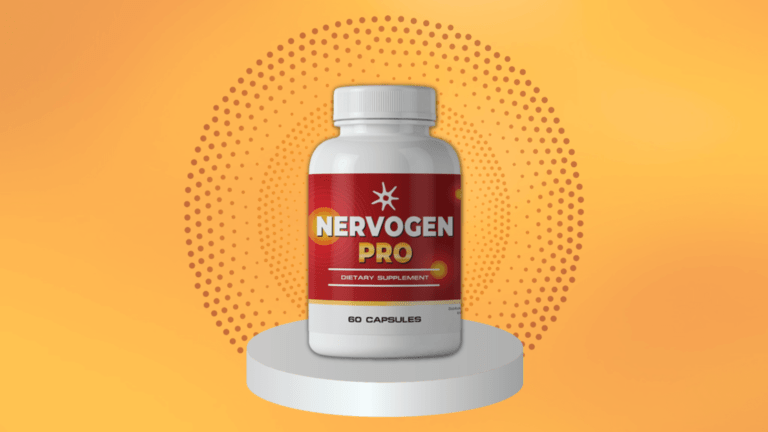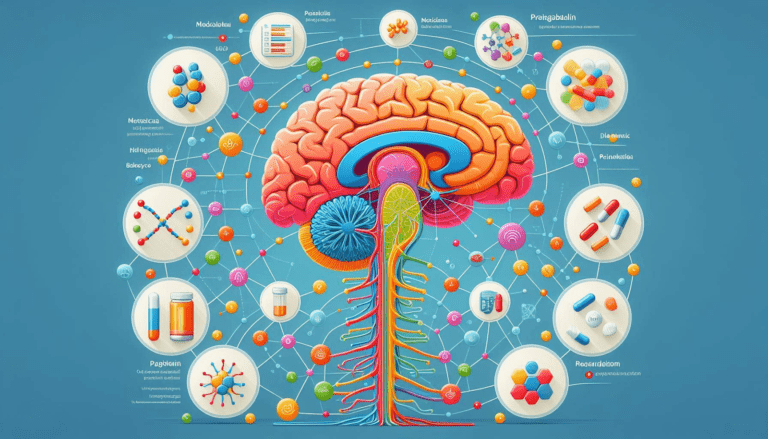Psychological Approach To Pain Management And Treatment Methods

Pain is not an individual’s problem, but a global health problem. Studies show that 1 in 5 adults suffer from pain and that another 1 in 10 adults is diagnosed with chronic pain each year globally.
Fortunately, there are multiple treatments available for pain mitigation and management, to help ease chronic pain and teach patients how to lead a quality life.
Can Medications Cure Pain?
Although, at first, patients are prescribed to take medicines to soothe the pain, when pain is not responsive to medications or the cause of the pain has not been found out, then different psychological approaches are used by professionals for pain management.

What Is The Psychological Approach To Pain Management?
The psychological approach to pain management is safe; generally, non-drug methods that mainly focus on the role of thoughts, behaviors, and emotions play an important role in pain perception.
A person’s behavioral constructs, emotional constructs, and environmental influences are all intertwined in a web, which should be taken into account and a biopsychosocial model should be devised to improve, understand and develop the treatment plan accordingly. Psychological treatments also teach patients how to cope with various problems associated with pain.
An individual with chronic pain may be referred to psychologists by other healthcare providers. Because, psychologists are the experts who treat people with emotional and behavioral disorders by teaching patients how to cope with the thoughts, feelings, and behaviors that accompany chronic pain.
A psychologist will try to completely understand the cause of your pain through discussions and by asking you to fill out the questionnaire to develop a proper treatment plan.
Different Types Of Treatment/Management.
Most of the treatments include learning various skills to manage the problem of pain. There are many treatments and some of them are listed below.
◾Cognitive Behavioural Therapy
◾Acceptance and commitment therapy
◾Mindfulness
◾Hypnosis
◾Relaxation Methods
◾Biofeedback
◾Social support methods
◾Talk therapy
✅ Cognitive Behavioural Therapy.
CBT is the most effective and common psychological pain treatment. It is a method that does not eliminate the pain but helps to manage it in a positive way by modifying the thinking and behavior of a patient.
It is used for treating anxiety, phobias, and mood disorders like depression. This method is goal-oriented and includes the patient’s homework to analyze the activities related to the pain management that will be discussed in the therapy session.
Some patients find that they are healing from pain only after a few sessions of the therapy, whereas some patients who have depression or other chronic medical conditions may see results after several ongoing sessions.
✅ Acceptance And Ongoing Commitment Therapy.
In the ACT, the patients themselves develop essential techniques to accept the present pain and set aims to let go of old behaviors, thoughts and move forward with satisfaction in their lives.
ACT can help patients suffering from pain relieve their stress and anxiety, and improve their problem-solving skills.
✅ Mindfulness.
With the mindfulness approach, psychotherapists teach a person meditation techniques to supervise their stress levels, which indirectly help them manage their chronic pain.
Mindfulness means being aware of feelings and sensations without judging the sensation of pain when it arises. Studies suggest that mediating along with breathing exercises only for a few minutes a day can help you with pain management.
✅ Hypnosis.
In this technique, the patient is in full control of the activities involved, and they use their mind’s power to instill positive thoughts during the process, and the patient will only focus on relaxation and letting go of negative or distracting thoughts.
It helps in managing the fear and anxiety related to pain. Research suggests that medical hypnosis can help in relieving both acute and chronic pains.
✅ Pain Coping Skills Training.
PCST teaches patients various behavioral skills and techniques to effectively control their perception of pain. It provides them with the confidence that they lack to control the pain level according to their will.
These skills build self-efficiency for pain management which will improve the outcome for the patient.
✅ Biofeedback.
In biofeedback, different sensors are attached to the skin to track the heart rate, blood pressure, and even brain waves to measure the body’s stress response.
As the therapist teaches you the strategies to relax the brain and muscles, you can watch yourself on the screen as your body’s stress response decreases. In this way, you can determine the best method that works effectively for you. Some people see improvement in a few sessions, while others may need more sessions.
But ultimately patients will recognize individualized strategies that help them in controlling their body’s stress level.
Final Thoughts On Psychological Approach To Pain Management
There are some other psychological approaches that you can try on your own to help in pain management:
Stay Positive– Pain can make you feel lethargic or uninterested in doing the things that you love, but don’t let it control the quality of your life completely.
Have hope and keep on doing the things you enjoy. Exercise, yoga, physical activities, getting enough sunlight, etc., can be keys to staying positive. It is very important not to let pain take over your life.
Distract yourself– Find ways to distract your thoughts when pain increases. Read a book, listen to your favorite song, or watch television. Get indulged in something that you like. By focusing on these pleasant moments, you can distract your mind from the pain.
Stay Connected– Studies show that people who socialize with people are less likely to feel anxious or depressed and are more resilient to pain.
So visit your friends and family as much as you can, and get connected with other people, to lead a positive and happy life. A big social circle can enhance the progress you made in therapy.
Last, but very important, follow prescriptions carefully. If you are also taking medications along with the therapy then make sure to follow the doctor’s directions to avoid any possible dangerous side effects.
Many pain sufferers defeated chronic pain through proper treatments, and so can you! Believe in yourself, and remain hopeful.
PainPathways Magazine
PainPathways is the first, only and ultimate pain magazine. First published in spring 2008, PainPathways is the culmination of the vision of Richard L. Rauck, MD, to provide a shared resource for people living with and caring for others in pain. This quarterly resource not only provides in-depth information on current treatments, therapies and research studies but also connects people who live with pain, both personally and professionally.
View All By PainPathways






